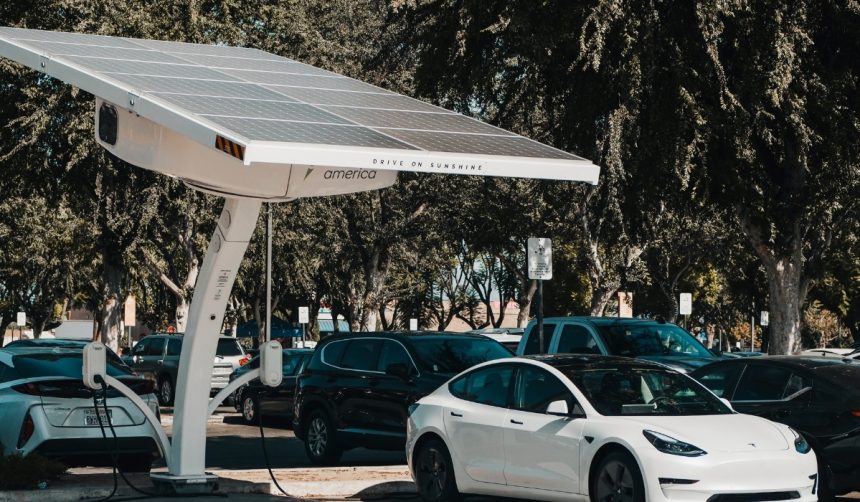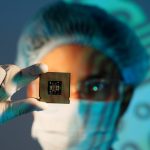Tesla recently formalized a new compensation arrangement for CEO Elon Musk, drawing both interest and debate from the market and observers. The package links Musk’s eligibility for over 423 million Tesla shares to the satisfaction of twelve specified milestones, each aimed at substantial operational and financial achievements. While some see this move as strategic risk management, others point to the outsized value Musk could obtain. Curiosity surrounds whether these ambitious goals are achievable and how they could shape Tesla’s direction, especially as its portfolio now encompasses projects like the Optimus humanoid robot, Full Self-Driving (FSD) service, and plans for large-scale Robotaxi deployment.
Earlier discussions about executive compensation at Tesla attracted scrutiny from both investors and corporate governance groups, with previous packages for Musk also hinging on strict performance thresholds. Those earlier plans focused primarily on market capitalization and adjusted EBITDA, whereas the latest plan adds new targets related to advanced technology and service expansion, reflecting how Tesla has broadened its scope beyond automotive manufacturing. Analysis from corporate analysts continues to compare Tesla’s targets with industry standards, noting both the heightened difficulty and potential impact of these aggressive new goals.
What Criteria Define Musk’s New Compensation?
The approved structure, as disclosed in a recent SEC filing, maps Musk’s potential compensation to his execution of twelve challenges, such as Tesla reaching market caps between $2 trillion and $8.5 trillion, delivering 20 million vehicles, and ramping up the Optimus robot rollout. Additional performance markers include activation of 10 million FSD subscriptions, commercial operation of one million Robotaxis, and consecutive quarters of $400 billion in adjusted EBITDA. Shareholders supported this blueprint decisively, with more than three-quarters of votes favoring it at the annual meeting.
How Does This Affect Musk’s Control Over Tesla?
Progress toward these benchmarks would increase Musk’s equity in Tesla and enhance his influence over the company’s road map, especially regarding autonomous vehicle development and AI-driven robotics. Musk has articulated the necessity of greater ownership to guide Tesla’s large-scale ventures such as the Optimus robot line—his remarks emphasized both personal and corporate alignment through performance.
“It is critical for me to have enough influence to ensure the long-term future of Optimus and autonomous vehicles,”
Musk stated during discussions surrounding the proposal.
What Happens If Musk Misses the Targets?
Should Musk fail to meet any of the tranches, he receives no compensation from the package, which aligns the payout exclusively with successful delivery of results. Public commentary from Tesla clarified the all-or-nothing nature of the compensation.
“If the milestones are not reached, there is no payout whatsoever,”
a Tesla spokesperson explained, pushing back against perceptions that Musk was being granted unconditional rewards.
Pursuing these aggressive milestones, Tesla places itself in a position where leadership rewards are dependent solely on meeting ambitious—and sometimes unprecedented—corporate goals. This approach attempts to ensure alignment between executives and shareholders, but the package’s size and scope raise questions about executive pay practices and the realistic pace of achieving such steep objectives. For stakeholders, the effort serves as a test case in balancing aspiration with operational execution. Those seeking to understand Tesla’s trajectory may watch how innovation projects like FSD and the Optimus robot perform compared to automotive sales—the outcomes here may determine what similar performance-linked compensation plans could look like for high-growth tech firms. Anyone tracking executive incentives at public companies may also consider the importance of transparent, results-tied rewards, especially for leaders driving ambitious industry targets.
- Tesla ties Musk’s compensation to twelve major performance goals.
- Shareholders strongly supported the ambitious, results-based structure.
- Musk only benefits if every set milestone is achieved.










